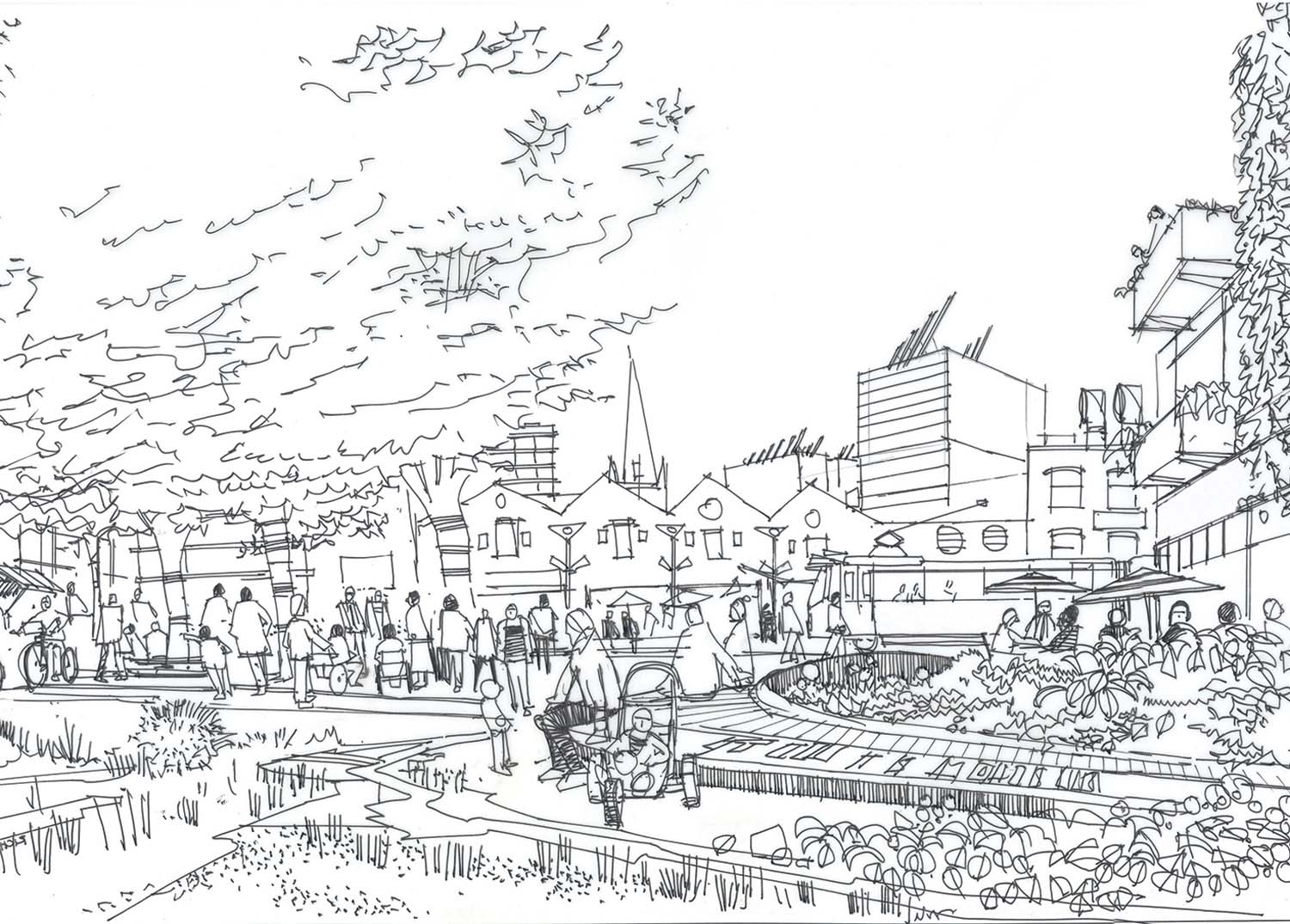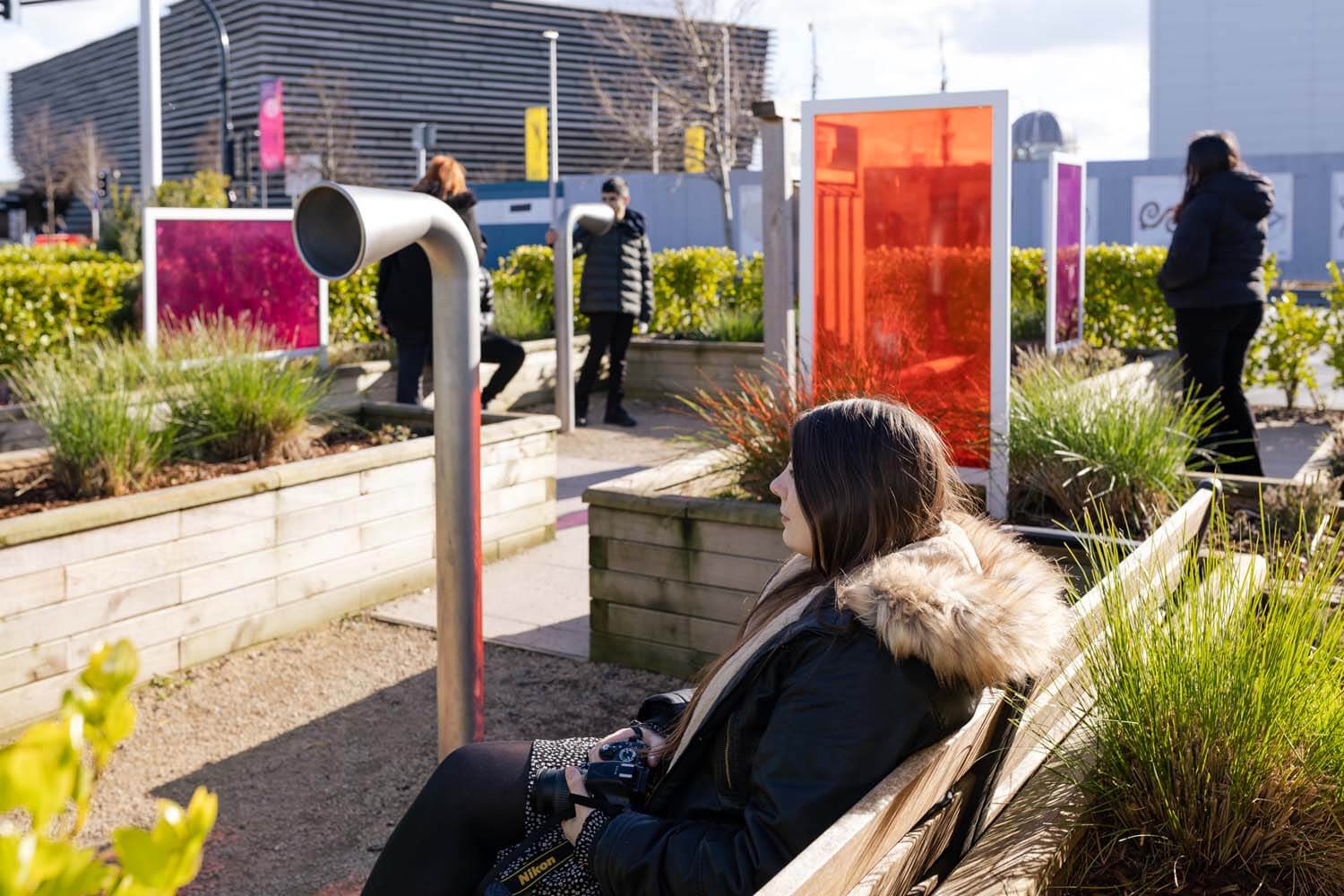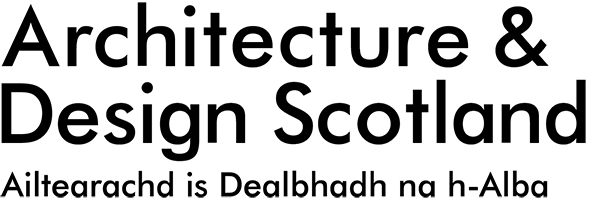If you’re not part of the solution… how the public sector can deliver better places

We are publishing a series of blogs to expand on the themes covered in our Corporate Strategy 2021-31. It is 10 years since the publication of the Christie Commission. Here Jim MacDonald, Chief Executive of Architecture and Design Scotland, asks what has changed and what we still need to do if we are to meet Christie’s challenge to reform.
It is just over 10 years since the Christie Commission report on the future of public services. It had an emphasis on preventative spend, collaboration, and putting communities at the centre of decision-making. It highlighted the significance of aligning public sector activity in places. It felt to me like a seminal moment.
Back then, much of the report reflected what many in the public sector had long been clamouring for. I also recall how strong the appetite was among those on the front line to make it happen. This appetite remains strong. While we now have both the Place Principle and some inspiring examples, I doubt I am the only one frustrated by the slow pace of change.
Challenge to reform
So, just what has changed and what do we still need to do if we are to meet Christie’s challenge to reform?
Well, if my experience is anything to go by, one of the big changes is the increase in collaboration among national agencies. In developing our current strategy, we spoke to a wide range of organisations across the public, private, community and third sectors. The consistent message was the importance of applying national resources – expertise, networks, funding and policy – in ways appropriate to local challenges and issues. And, crucially, working together to do so.
For national organisations, that can mean adapting how we work depending on where we are. It means spotting obstacles to change and working to remove them. Above all, it means putting the collective interest and the need to work toward it ahead of other issues.
Place Principle
Another change is the Place Principle itself, which for the first time crystallises much of this thinking into a commitment from government to approach things differently. Equally, it also acts as a call to action to organisations like ours to be the change we seek. As I have written elsewhere, we are committed to playing our part in this and I know others are too.
Across the Key Agencies Group, efforts are being made to work together with local authorities to prepare spatial strategies for places. (The Key Agencies Group includes NatureScot, Historic Environment Scotland, Scottish Environment Protection Agency, Scottish Water, and Transport Scotland).
At the Scottish Land Commission, Shona Glen is leading the re-imagining of the role of land use and ownership in realising community ambition. And across the country, accelerated by the need for change as we recover from the pandemic, local and national organisations are rethinking the whole basis of their service delivery. Sharing space is one of the central principles being applied.

Learn more about the Place Principle
The relationship we have with the places we use and experience has a profound impact on our behaviour, our environment, and even our life chances. Knowing that, we work to ensure our places are designed from the very outset to enhance lives and strengthen communities. We call this the Place Principle.
Image credit: Miss Lydia Photography
Overcoming the obstacles
So, what about the obstacles? It will come as no surprise that many are of our own making. They are the consequence of individual approaches to allocating and spending money, or other necessary but often counterproductive processes. Happily, these can and are being addressed.
Others are more challenging. This is especially where they are more cultural or are related to structural issues, be those about capacity, skills, policy or legislation. But at least half the battle is knowing your enemy. In that regard, conversations like those we held when developing our strategy are reassuring in their reinforcing of the collective will to tackle those challenges.
Our role in all of this is to support change on the ground and to highlight the obstacles we encounter along the way. By doing this, we are confident that the benefits that come from new ways of working will make it easy to remove those obstacles and allow others to follow.
Header image credit: Richard Carman
Our Corporate Strategy 2021-31
Read about the importance of place, our aim for the coming decade, and how we believe our work will lead to change.
